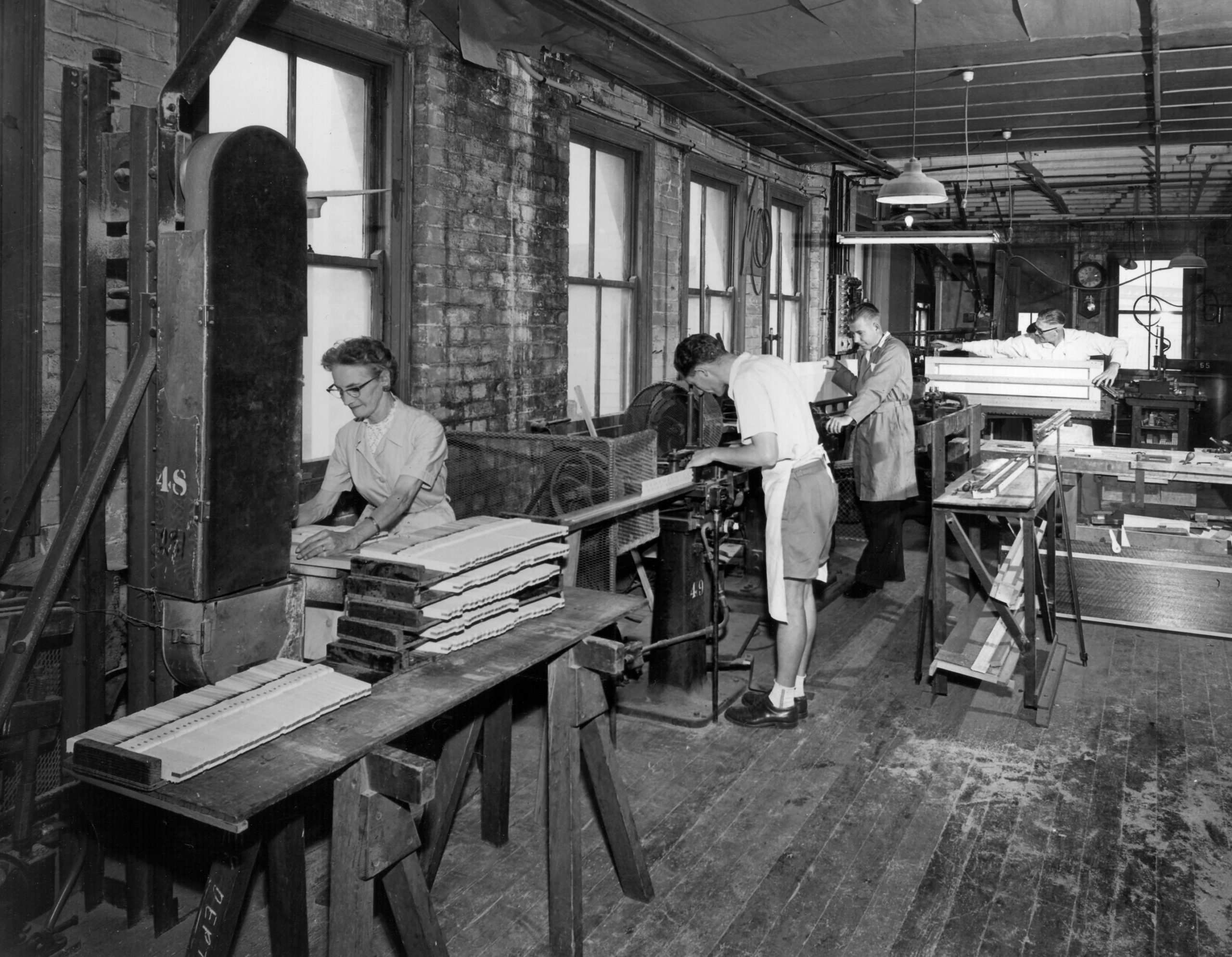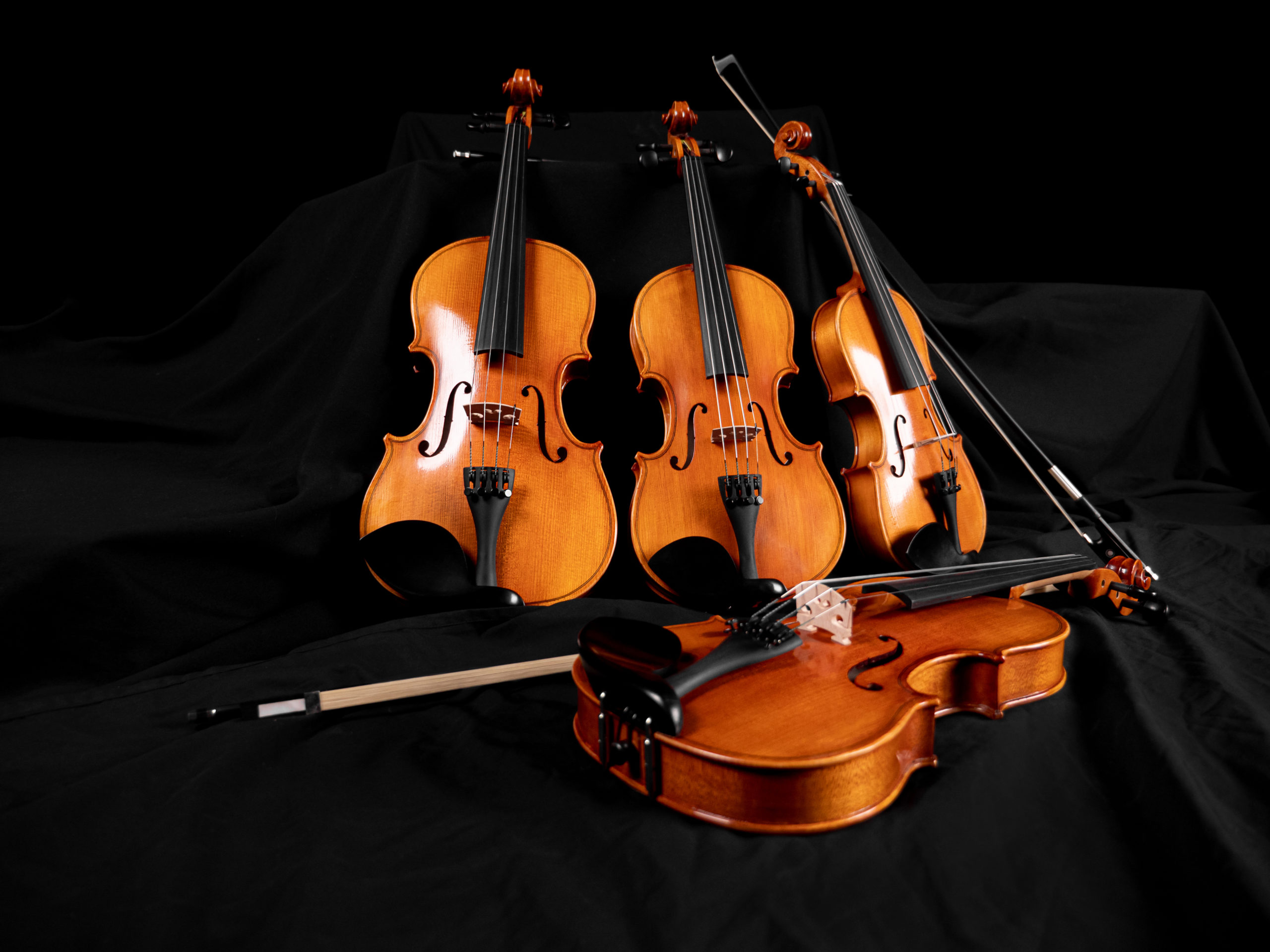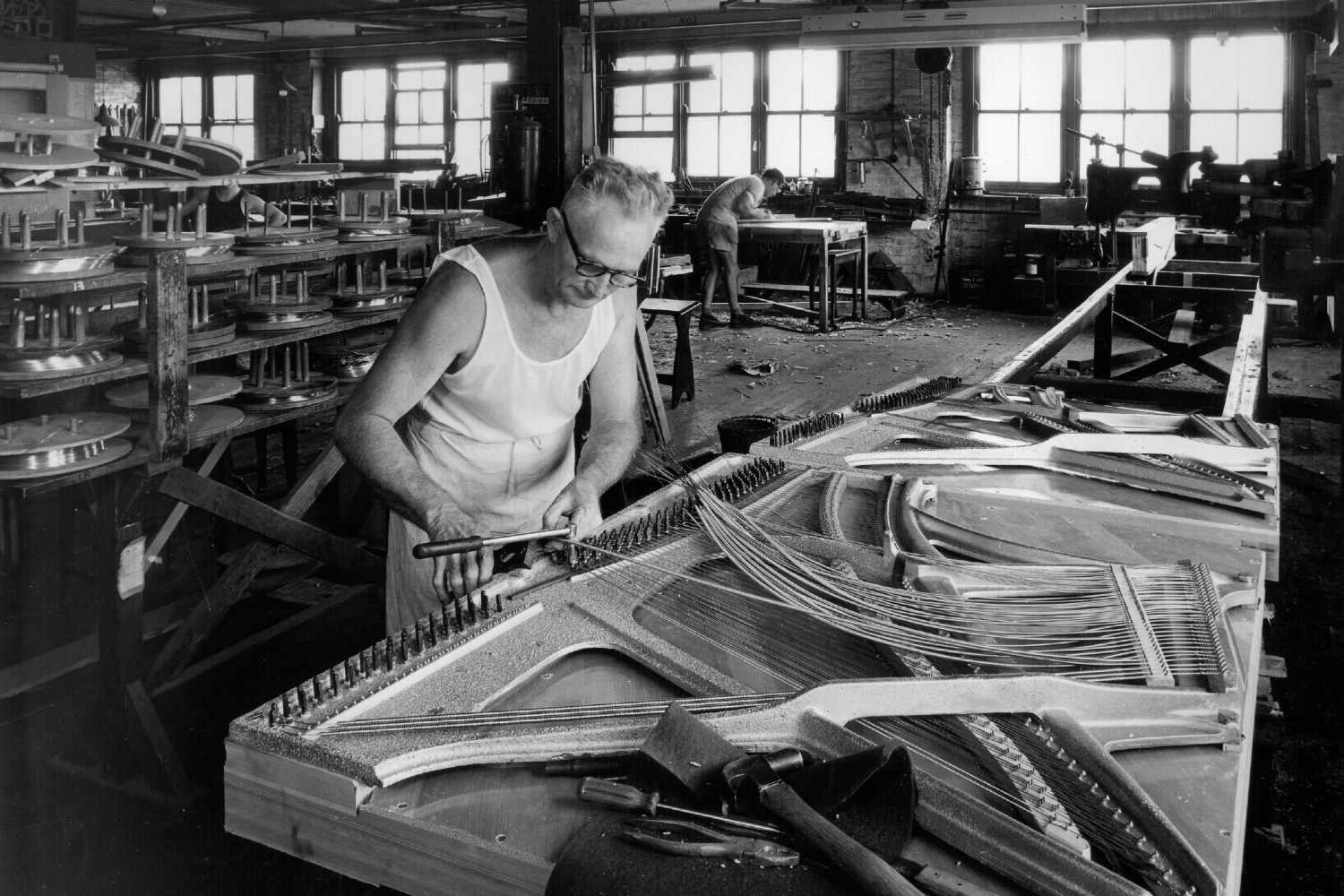Spanning 130 years of quality craftsmanship, Beale have built an instrument empire that has had the time to fine-tune every part of its design process.
If you’ve been around in Australia for long enough, the chances are pretty good that you’ve tinkered on the keys of a Beale piano. Whether it’s been sitting for decades in your auntie’s lounge room, or it’s weathered and worn in the corner of a practice space, Beale’s creations are so ubiquitous that they’ve rooted themselves into local music history – you can’t tell the story of Australian instrument craftsmanship without mentioning Beale.
Read more features and how-to gear columns here.
Founded in 1883 by a young Irish immigrant named Octavius Charles Beale, the company initially began importing pianos from Germany. However, customers quickly found issues with these pianos – because they were made in Europe from European materials, and they didn’t bode well in the hot, dry Australian weather, which caused them to crack and sound off.
To combat this issue, Beale opened Australia’s first piano factory in 1902, located at 47 Trafalgar Street in Annandale NSW. It was known as one of the most self-contained instrument factories in the world. They used local materials and completed the entirety of the piano making in-house, including metalwork, carpentry, painting and polishing. The company even created their own tuning system, the Beale Vader system (also known as the all-iron system) that primarily used metal instead of wood to protect the instrument from damages from Australia’s notorious changes in humidity.

Pianos were big business back in the day, as they were one of the only ways you could listen to music in your household (no bluetooth speakers – could you even imagine?). It was standard practice for most homes to have a piano and during the hey-day of dinner parties, and guests would gather around to show off their skills. As the Aussie population grew, so did Beale, and it quickly became the largest piano factory in both the southern hemisphere and the entire British Empire.
(Quick aside: Octavius Beale had strong opinions on population. The man had twelve children and was even brought on by the government to work on a royal commission about population decline. The more you know!)
The recipe for the perfect piano took over 50 years to get right: Siberian hybrid vertical grain timber soundboard, laminated spruce keys, chromium plated pegs and virgin wool hammer pads. They’re warm and rich in tone, yet effortless to play. The factory pumped out a whopping 95,000 instruments in its time – that’s more than enough to make a mark.
These days, the company has diversified its portfolio, adding saxophones, flutes and violins to its range. The new instruments are no different in quality to their piano predecessors. The reason Beale has survived the eb and flow of countless musical trends is because of the power of its name and its reputation.
The violins on offer fall at a reasonable price point, sitting at around $379 to $399, and come in four sizes, from the petite 1/4 to the standard 4/4. They are entry level instruments that are built to last through the years, replete with a righteous, full-bodied sound. Each detail has been attended to with the brand’s signature dedication. Made from solid tonewoods, the Beale violin has a hand-painted varnish finish for increased resonance, a fully inlaid purfling for longevity, and all of the fixings, including a lightweight case, an adjustable shoulder pad, a rosin block and a carbon graphite bow with solid ebony frog.

Their saxophones, the TX200 tenor ($1599) and the SX200 alto ($1299), are suitable for everyone, from starters to pros. They are crafted from brass and some of the finest imported features, including American springs and Italian leather pads. To top it off, they’re finished with an adjustable thumb rest for comfortable jamming, and a shiny gold lacquer finish for a little glam.
Finally, the flutes. The Beale FL200 and FL400 have a lot in common, including the high-quality silver body, the C foot joint, the offset key configuration and the velvet padded case. They’re like two sisters – the LF200, going for $499, is the younger one, made for those with less experience, while at $899, the FL400 is a bit more mature and has all of the bells and whistles. The FL400’s French appointed open hole key design opens the door for more experimental styles of playing, while the solid silver mouthpiece gives the instrument a luxe feel.
Although Beale’s manufacturing now takes place overseas, there’s something distinctly Australian about their gear. From the brand’s meticulous craftsmanship to the expertly selected parts, the Beale insignia holds weight – it gives buyers the peace of mind that they’ve chosen wisely.
For more information check out Beale’s website. For local enquiries visit Australis.







